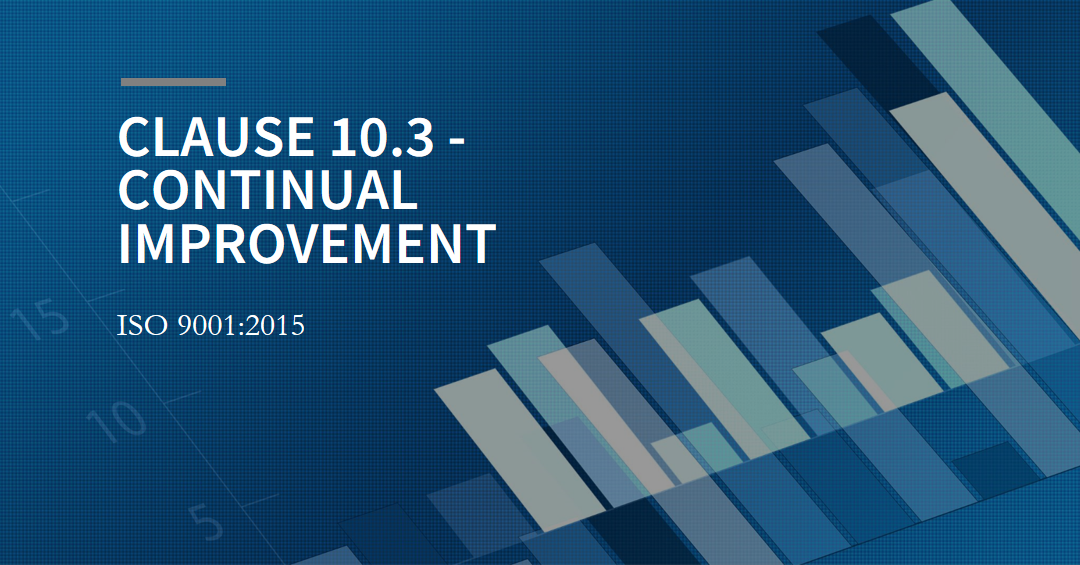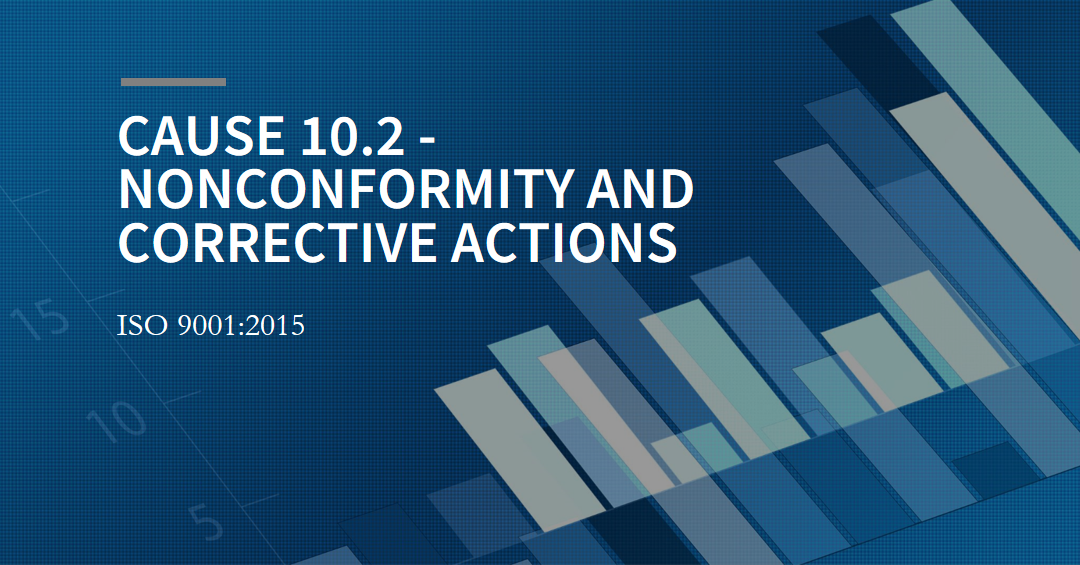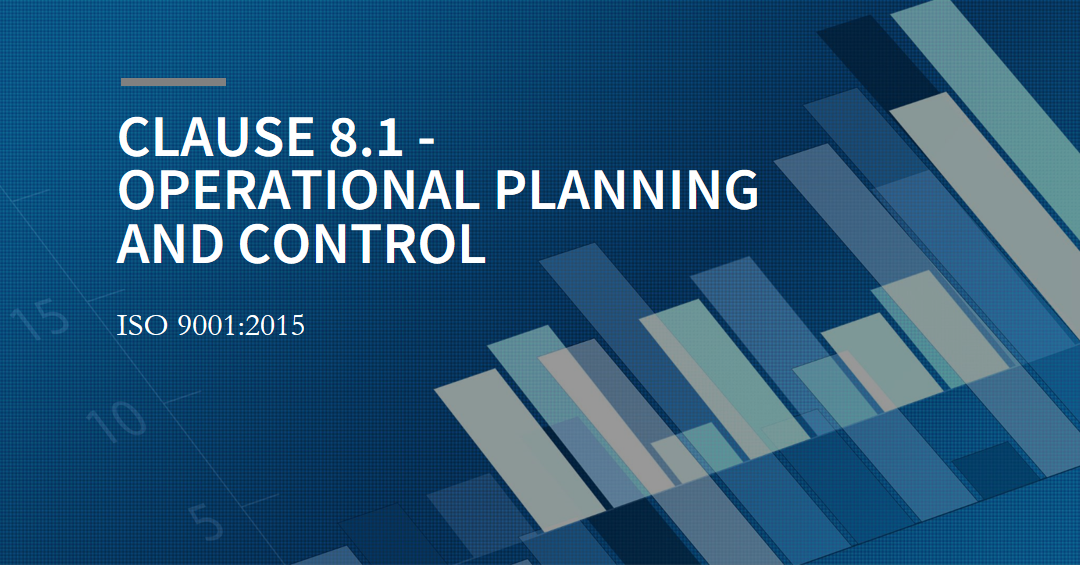
Introduction
In a world where business operations are increasingly scrutinized for quality and sustainability, ISO certifications stand as beacons of trust and excellence. ISO 9001 and ISO 14001 are two of the most widely recognized standards, yet confusion often arises when it comes to differentiating between the two. This article aims to demystify the ISO 9001 vs ISO 14001 debate by providing an in-depth analysis of each standard, their unique objectives, and the distinct benefits they offer.
Whether you’re a manufacturing giant, a small service provider, or a company on the brink of expansion, understanding the nuances of these standards is pivotal. By the end of this post, you’ll be equipped with the knowledge to determine which ISO certification is best suited for your business needs.
Understanding ISO Standards
What Are ISO Standards?
ISO, the International Organization for Standardization, is an independent, non-governmental international organization that develops standards to ensure the quality, safety, and efficiency of products, services, and systems.
ISO standards cover a broad range of activities and are instrumental in facilitating international trade by providing common standards between nations. They help to reassure consumers that certified products and services are safe, reliable, and of good quality. For businesses, they serve as a strategic tool to reduce costs by minimizing waste and errors while increasing productivity.
The Purpose of ISO in Global Standardization
ISO standards aim to create a "common language" that organizations can use to communicate quality and sustainability. They are designed with the consensus of international experts, industry leaders, and stakeholders, ensuring they are relevant and can be applied globally.
The Process of Obtaining ISO Certification
The journey towards ISO certification involves:
- Choosing the Standard: Organizations must first decide which standard(s) align with their strategic objectives.
- Gap Analysis: Assessing current processes against the requirements of the standard to identify areas for improvement.
- Implementation: Developing procedures and processes to meet the standard’s criteria.
- Internal Auditing: Checking that the processes are working as planned.
- Certification Audit: Conducted by an external ISO certification body to verify compliance with the standard.
- Continuous Improvement: Once certified, organizations must continually improve their processes to maintain the certification.
ISO 9001 Overview
Definition and Objectives of ISO 9001
ISO 9001 is the international standard for a quality management system (QMS). The standard is designed to help organizations ensure they meet customer and other stakeholder needs within statutory and regulatory requirements related to a product or service. ISO 9001 is based on the idea of continual improvement and is generic enough to be applicable to any organization, regardless of its type or size, or the products and services it provides.
The Importance of Quality Management Systems
A well-defined and implemented QMS can provide a company with a systematic approach to satisfy customer expectations and deliver consistent performance. It is a framework that not only ensures quality products and services but also promotes a culture of excellence and continual improvement within the organization.
Key Components and Principles of ISO 9001
The ISO 9001 standard is founded on the concept of quality management principles, including a strong customer focus, the involvement of top management, a process approach, and continual improvement. Some of the key components include:
- Customer focus
- Leadership
- Engagement of people
- Process approach
- Improvement
- Evidence-based decision making
- Relationship management
Industries and Organizations That Benefit Most from ISO 9001
ISO 9001 is versatile and can be beneficial to organizations in any industry, from manufacturing and engineering to health care and hospitality. It is particularly beneficial for organizations that want to demonstrate the ability to consistently provide products and services that meet customer and regulatory requirements.
ISO 14001 Overview
Definition and Objectives of ISO 14001
ISO 14001 sets out the criteria for an environmental management system (EMS). It provides a framework that an organization can follow, rather than establishing environmental performance requirements. It is designed to help businesses improve their environmental performance through more efficient use of resources and reduction of waste, gaining a competitive advantage, and the trust of stakeholders.
The Significance of Environmental Management Systems
An EMS based on ISO 14001 can help an organization achieve its environmental and economic goals. The standard is intended to help organizations manage their environmental responsibilities in a systematic manner that contributes to the environmental pillar of sustainability.
Core Elements and Principles of ISO 14001
ISO 14001 is built around the concept of continual improvement and includes the following key elements:
- Environmental policy
- Planning
- Implementation and operation
- Checking and corrective action
- Management review
Types of Businesses That Should Consider ISO 14001 Certification
ISO 14001 is suitable for organizations of all types and sizes, be they private, not-for-profit, or governmental. It requires that an organization considers all environmental issues relevant to its operations, such as air pollution, water and sewage issues, waste management, soil contamination, climate change mitigation, and adaptation, and resource use and efficiency.
Differences Between ISO 9001 and ISO 14001
When comparing ISO 9001 vs ISO 14001, it's important to understand that while both standards aim to improve business processes, they focus on different aspects of an organization's operations. Here's a detailed look at the key points of distinction:
Comparison of Criteria and Scope
- ISO 9001 focuses on establishing a framework for excellent quality management practices. It aims to enhance customer satisfaction through the effective application of a quality management system, including processes for improvement of the system and assurance of conformity to customer and applicable statutory and regulatory requirements.
- ISO 14001, on the other hand, emphasizes the management of environmental responsibilities, promoting sustainability, and improving environmental performance. This standard does not prescribe specific environmental performance criteria but instead provides a framework for an organization to set up an effective environmental management system.
Focus on Quality Management vs Environmental Impact
- ISO 9001 places significant importance on quality in every aspect of a business's operations, with the goal of ensuring that customers receive consistent, good-quality products and services.
- In contrast, ISO 14001 encourages organizations to consider the environmental impact of their activities, products, and services, and to act to minimize harmful effects while complying with applicable legislation and other environmentally oriented requirements.
ISO 9001 vs ISO 14001 in Practice
While ISO 9001 might lead a company to refine its manufacturing process to reduce defects, ISO 14001 might push the same company to reduce its resource consumption or manage waste more effectively.
Similarities Between ISO 9001 and ISO 14001
Despite their distinctive focuses, ISO 9001 and ISO 14001 share some common ground:
Shared Principles
Both standards are built on the plan-do-check-act (PDCA) methodology, which encourages continuous improvement and involves the entire organization in the process of making operations more efficient and sustainable.
Compatibility for Integrated Management Systems
Many organizations choose to integrate the two standards into a single, unified system that covers both quality and environmental management. This integration can streamline processes, reduce duplication, and create a more cohesive approach to managing organizational responsibilities.
Complementary Benefits
Organizations often find that the process improvements made for ISO 9001 can complement their environmental goals for ISO 14001, and vice versa. For instance, a company that improves its energy efficiency to reduce costs as part of their QMS might also find that it has reduced its environmental footprint, aligning with EMS objectives.
Certification Process for ISO 9001 and ISO 14001
While ISO 9001 and ISO 14001 are distinct standards with different focus areas, the certification process for both follows a similar path. Here’s what businesses can typically expect when seeking either ISO 9001 or ISO 14001 certification:
Steps to Obtain ISO 9001 Certification
- Conduct a Gap Analysis: Determine where your current quality management system stands in relation to ISO 9001 requirements.
- Develop an Implementation Plan: Based on the gap analysis, create a plan to meet any unaddressed areas of the standard.
- Train Employees: Ensure that staff understands the QMS and their role in it.
- Document the QMS: Create documentation that reflects all processes and procedures in line with ISO 9001.
- Implement the QMS: Put the documented processes into practice.
- Conduct Internal Audits: Check that the system is working and identify areas for improvement.
- Management Review: Top management should review the system’s performance and make decisions for improvement.
- Choose a Certification Body: Select an accredited ISO 9001 certification body.
- Complete a Certification Audit: Undergo a two-stage audit process: Stage 1 is a preliminary, informal review of the QMS, and Stage 2 is more detailed and formal.
- Address Any Findings: Correct any issues identified during the audit.
- Receive Certification: Once the auditor is satisfied, your organization will be awarded ISO 9001 certification.
Steps to Obtain ISO 14001 Certification
- Gap Analysis: Evaluate current environmental management practices against ISO 14001 requirements.
- Implementation Plan: Create a roadmap for addressing gaps and achieving the standard’s objectives.
- Employee Training: Staff should understand the EMS and their environmental responsibilities.
- EMS Documentation: Document all environmental policies, procedures, and records.
- Implement the EMS: Execute the documented environmental management practices.
- Internal Audits: Regularly review the EMS to ensure it’s effective and identify areas for improvement.
- Management Review: Senior management should assess the EMS and commit to continuous improvement.
- Select a Certification Body: Choose an accredited ISO 14001 certification body.
- Certification Audit: Complete a two-stage audit process similar to that for ISO 9001.
- Rectify Any Non-conformities: Resolve any issues highlighted by the audit.
- Achieve Certification: Once compliant, your organization will receive ISO 14001 certification.
The Audit Process and Maintaining Compliance
Both certifications require ongoing commitment and regular audits to maintain compliance. These include surveillance audits, usually annually, to ensure continued adherence to the standards.
Renewal of Certifications
ISO certifications are not lifetime awards. Typically, they are valid for three years, after which a recertification audit is required. It’s essential to continue improving your QMS or EMS to ensure that you can successfully renew your certification.
Maintaining ISO 9001 and ISO 14001 certifications is about continuous improvement and adaptation. Regular internal audits and reviews are vital for staying compliant and keeping the certifications current.
Impact of ISO 9001 and ISO 14001 on Business Performance
Certifying your business to ISO 9001 and ISO 14001 standards can have a profound impact on various aspects of performance. Let’s delve into how each standard can benefit your organization.
Benefits of Implementing ISO 9001
- Enhanced Customer Satisfaction: A QMS helps ensure consistent quality in products and services, leading to increased customer satisfaction and repeat business.
- Improved Operational Efficiency: By streamlining processes and focusing on quality, businesses can reduce waste and save time and costs.
- Access to New Markets: Many clients and customers require their suppliers to be ISO 9001 certified, so certification can open doors to new business opportunities.
- Better Risk Management: A QMS can help identify and control organizational risks, thereby reducing the likelihood of product failures or customer dissatisfaction.
- Cultural Change: Implementing ISO 9001 can foster a culture of quality and continuous improvement within the organization.
Environmental and Corporate Advantages of Adopting ISO 14001
- Reduced Environmental Impact: ISO 14001 helps organizations minimize their environmental footprint by controlling and improving environmental performance.
- Compliance with Regulations: The EMS framework facilitates compliance with environmental laws and regulations, potentially reducing the risk of fines and litigation.
- Reduced Costs: By focusing on resource efficiency and waste reduction, companies can lower their costs of operation.
- Improved Stakeholder Relationships: Demonstrating commitment to environmental management can strengthen relationships with customers, communities, and regulators.
- Enhanced Brand Image: ISO 14001 certification can improve a company’s public image and help it stand out in a crowded market.
Both ISO 9001 and ISO 14001 standards emphasize the importance of setting measurable objectives and using data to drive decisions, leading to tangible improvements in business performance.
Deciding Which Standard Is Right for Your Business
Choosing whether to pursue ISO 9001, ISO 14001, or both depends on various factors, including your business objectives, customer requirements, and environmental impact of your operations. Here are some considerations to help you make an informed decision:
Assessing Your Business's Needs and Goals
- Evaluate your company's core values and objectives. Does your business prioritize quality management to enhance customer satisfaction, or is environmental responsibility more aligned with your mission?
- Consider your clients' needs. Are they more likely to value a certification that proves your commitment to quality, or would they appreciate your dedication to environmental management?
- Assess the nature of your operations. High-impact industries might benefit more from ISO 14001, while businesses with a strong focus on customer service and product quality might prioritize ISO 9001.
The Role of Stakeholder Expectations
- Stakeholders such as customers, investors, and regulatory bodies may have specific expectations that can guide your decision. For example, if environmental stewardship is a significant concern for your stakeholders, ISO 14001 may be the appropriate choice.
- Engage with stakeholders to understand their priorities and how certification might influence their perception and engagement with your business.
Determining the Need for One or Both Certifications
- It's not a question of ISO 9001 vs ISO 14001, as some businesses may benefit from implementing both standards. An integrated management system can provide a comprehensive framework that covers quality and environmental management.
- Reflect on whether the integration of both standards could lead to greater operational efficiency and a stronger market position.
Making the Decision
Ultimately, the decision should align with your business strategy and long-term goals. If quality management is critical for your industry and customer satisfaction is a top priority, ISO 9001 may be the right choice. If your business's environmental impact is significant and you are looking to improve your sustainability practices, ISO 14001 will be beneficial.
Remember, both standards aim to improve business performance, and the choice does not have to be exclusive. Many organizations find value in achieving both ISO 9001 and ISO 14001 certifications.
Conclusion
Distinguishing between ISO 9001 vs ISO 14001 is crucial for businesses aiming to enhance their operational effectiveness and demonstrate their commitment to quality or environmental management. While ISO 9001 focuses on implementing a robust quality management system to increase customer satisfaction, ISO 14001 emphasizes the importance of an effective environmental management system to improve sustainability practices.
Both standards offer a framework for continuous improvement, but the right choice for your business depends on your specific goals, industry requirements, and the expectations of your stakeholders. It's not uncommon for businesses to find value in pursuing both certifications to showcase their dedication to quality while also affirming their environmental responsibility.
Implementing ISO 9001 or ISO 14001 can seem daunting, but with the right approach and commitment, it can lead to significant benefits, including improved operational efficiency, reduced environmental impact, and increased market opportunities. The journey towards certification requires a strategic plan, employee engagement, and a culture that embraces continual improvement.
Remember, the value of ISO certification goes beyond a badge of honor; it's about embedding a philosophy of excellence and sustainability into your business operations. Whether you choose ISO 9001, ISO 14001, or both, the effort put into achieving and maintaining these standards can drive your business forward, ensuring long-term success and a positive impact on the world around us.
Frequently Asked Questions
Should a small business get ISO 9001 or ISO 14001 certified?
Yes, businesses of all sizes can benefit from ISO certification, as it can improve efficiency, reduce costs, and enhance customer satisfaction or environmental performance.
Can a business be certified in both ISO 9001 and ISO 14001?
Absolutely. Many businesses choose to integrate both standards into a single management system to capitalize on their synergies.
How long does it take to get certified in ISO 9001 vs ISO 14001?
The time frame can vary depending on the size and complexity of your business, but typically it takes 6-18 months to prepare for either certification.
How much does it cost to obtain ISO 9001 and ISO 14001 certifications?
Costs vary widely and depend on factors such as the size of your business, the complexity of your processes, and the certification body you choose. It's best to get quotes from several certification bodies to understand the potential investment.
Next Steps
If you're considering ISO 9001 or ISO 14001 certification for your business, or if you're looking to integrate both into your operations, we're here to help. Contact us to speak with a certified ISO consultant who can provide personalized advice and guide you through the process of achieving and maintaining ISO certification.
Additional Resources
For more in-depth information on ISO 9001, ISO 14001, and other ISO standards, we recommend visiting the following resources:
















